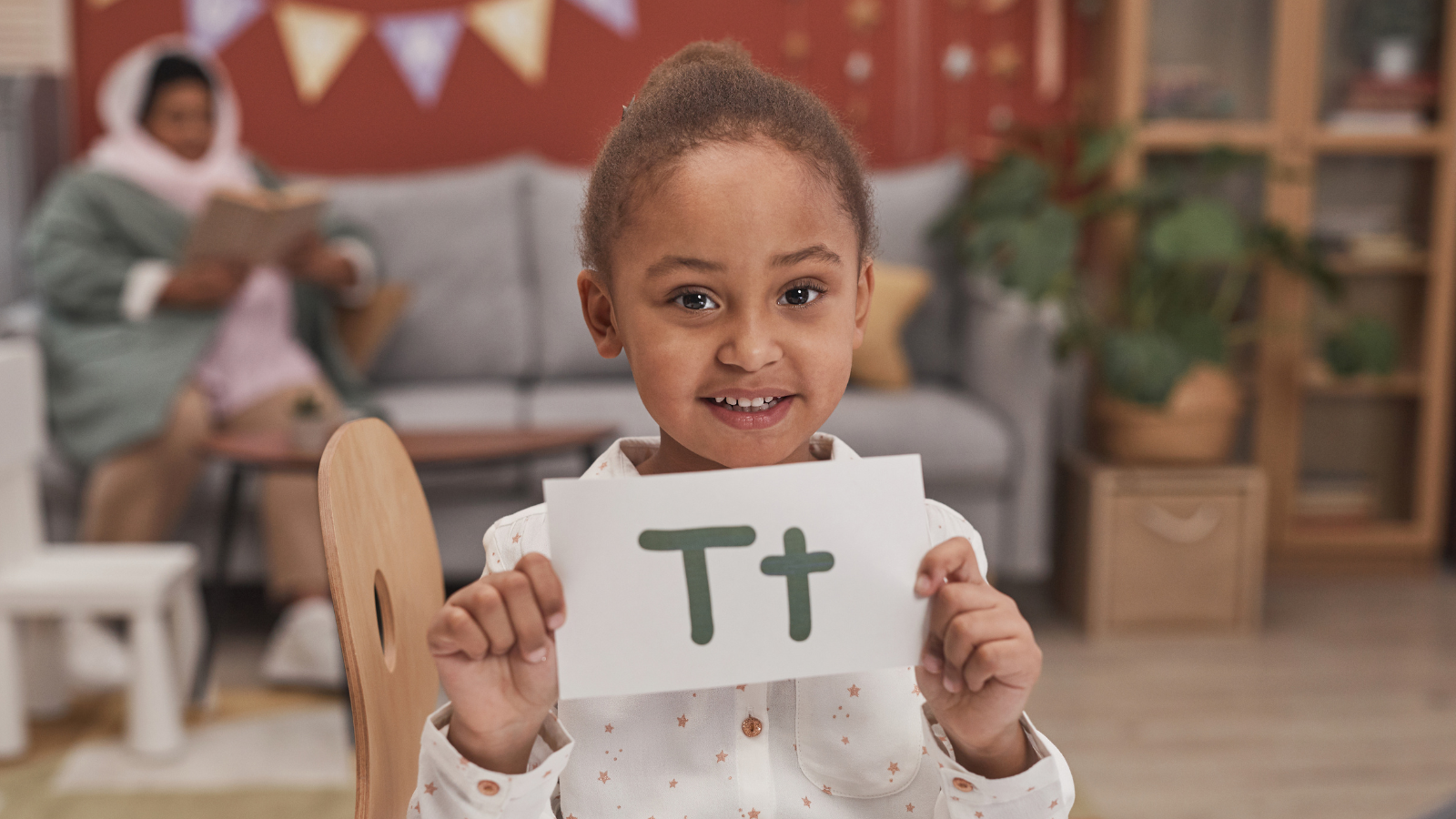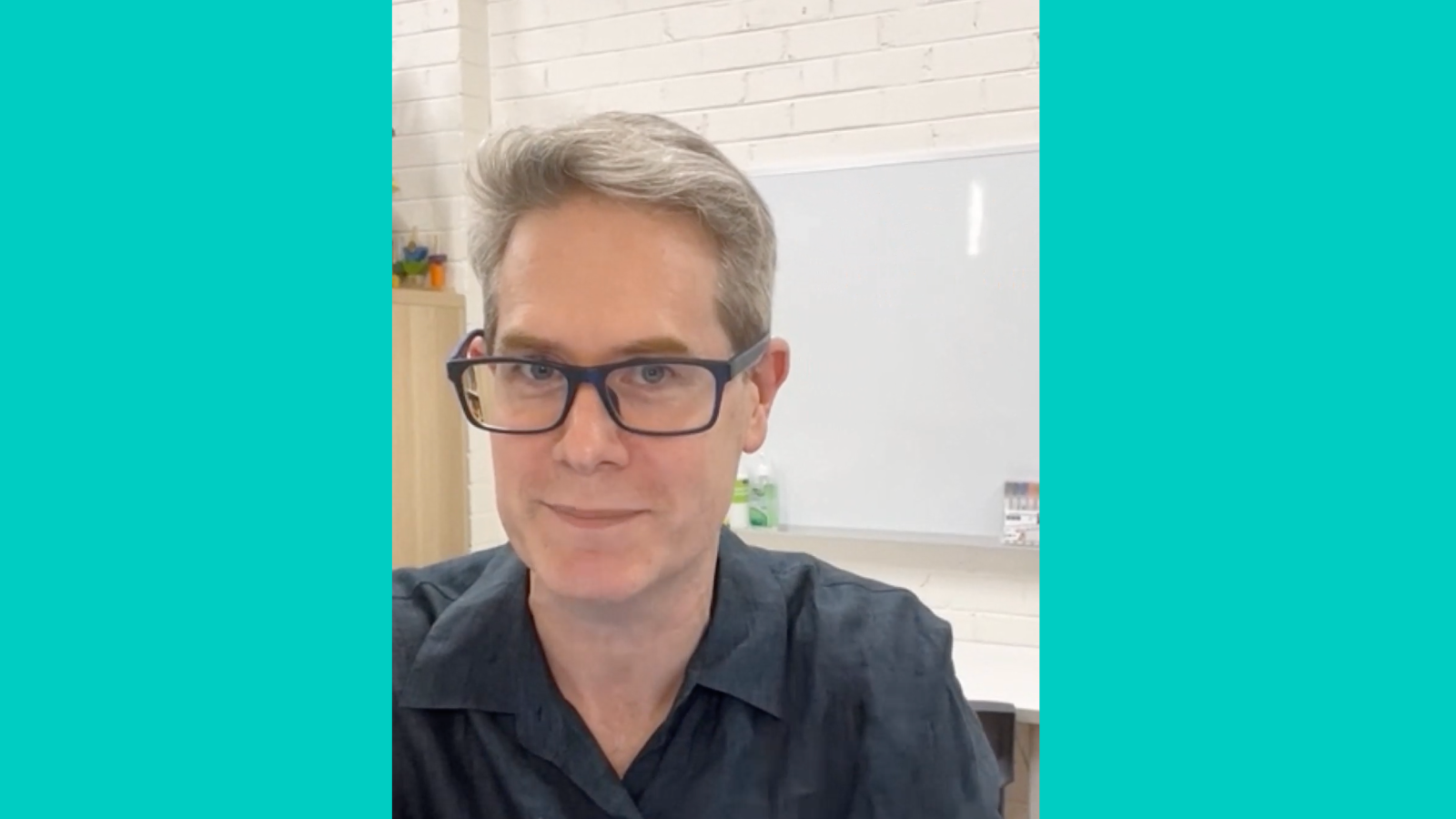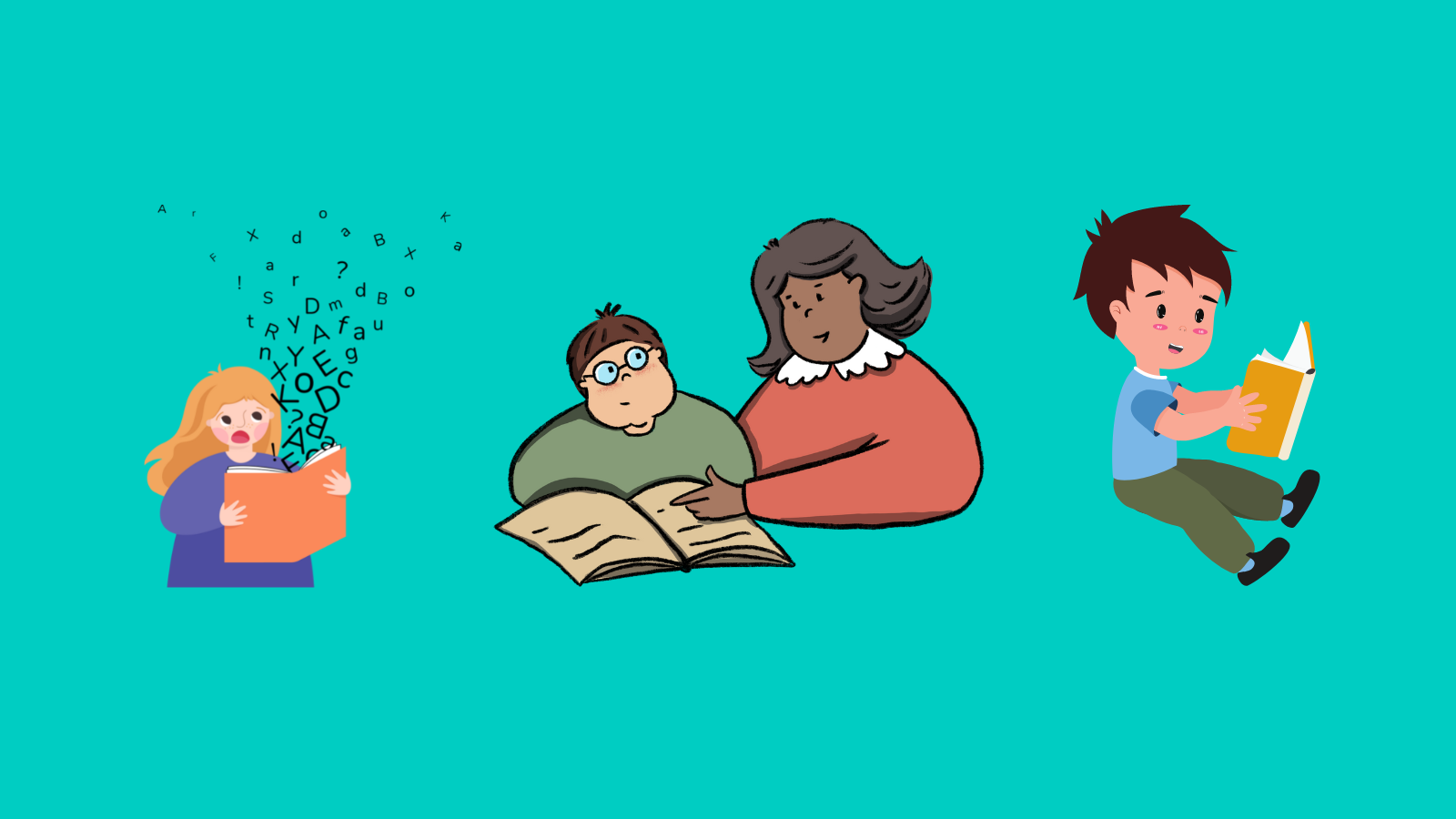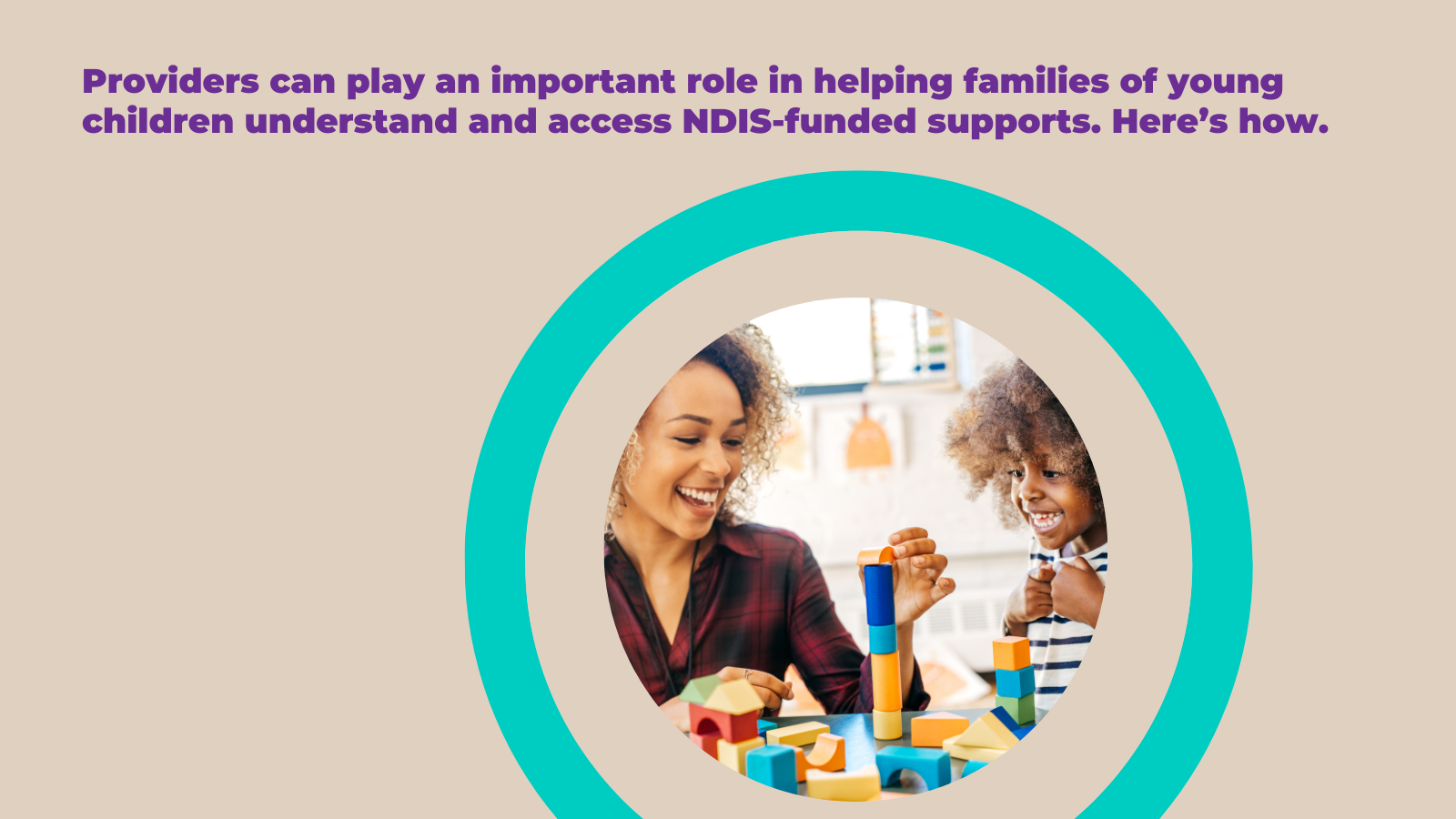Evidence-based help is available for infants and toddlers with suspected Childhood Apraxia of Speech
Why it matters:
Some infants and toddlers (ages 0-3) demonstrate red-flags for childhood apraxia of speech (CAS), for example:
- a family history of CAS;
- receptive > expressive language skills;
- no or limited speech attempts or “noisiness”;
- no or limited consonants for their age;
- no or limited babbling for their age; and
- limited syllable and/or word shapes for their age.
Don’t wait:
Evidence-based programs are available to help (see below). You don’t need a diagnosis to get started.
Key targets:
- improve overall communication skills (e.g. gestures, sound effects, and AAC);
- increase vocalisations (e.g. animal noises, songs & rhymes, and verbal routines);
- expand speech sounds (e.g. consonants) and structures (e.g. CV, CVCV, CVC); and
- increase speech movements (e.g. “ow ah”, “moo, ba”, “ba, bee, bo, bye”, “puppy, muddy”).
How:
- Team approach, with parent/carer training/participation.
- Short and frequent play-based sessions.
- Lots of modelling, repetition, recasting, expanding, gestures, and feedback.
Go deeper:
Highman C, Overby M, Leitão S, Abbiati C, Velleman S. Update on Identification and Treatment of Infants and Toddlers With Suspected Childhood Apraxia of Speech. J Speech Lang Hear Res. 2024 Sep 26;67(9S):3288-3308.
Program examples:

Hi there, I’m David Kinnane.
Principal Speech Pathologist, Banter Speech & Language
Our talented team of certified practising speech pathologists provide unhurried, personalised and evidence-based speech pathology care to children and adults in the Inner West of Sydney and beyond, both in our clinic and via telehealth.














